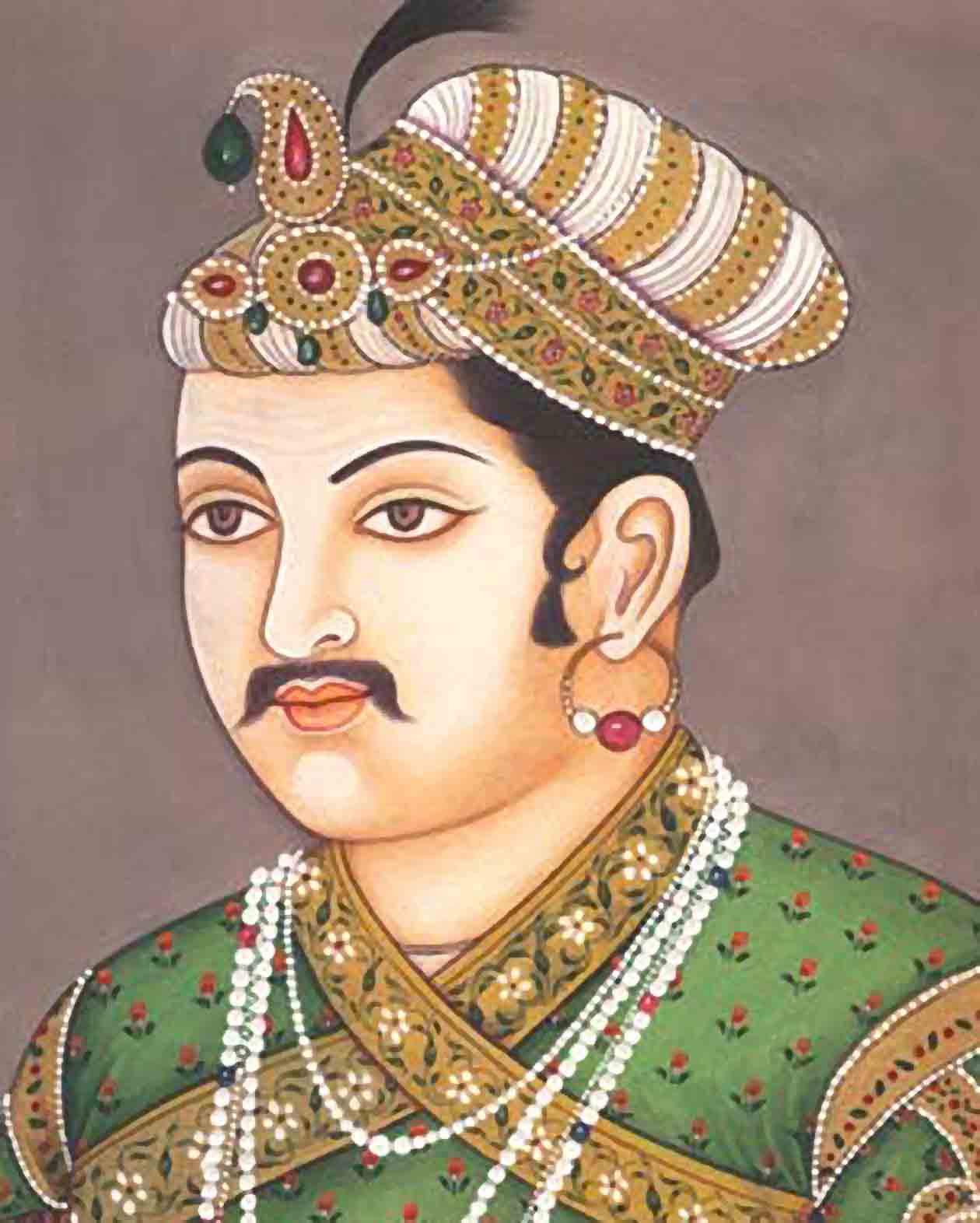When one delves into the rich tapestry of Indian history, the figure of Akbar stands out as a beacon of progress and enlightenment. His reign as the third Mughal emperor marked a pivotal transformation in the Indian subcontinent, characterized by remarkable achievements in governance, culture, and religious tolerance. However, understanding the significance of Akbar necessitates a closer examination of his early life, education, career, and the nuances of his net worth at the time. Furthermore, we cannot overlook the controversies that surrounded this multifaceted leader, leading us to ponder why he continues to fascinate both historians and the general populace alike.
Born on October 15, 1542, in Umarkot, present-day Pakistan, Akbar was the son of Humayun, the second Mughal emperor, and his wife, Hamida Banu Begum. This royal lineage laid the groundwork for Akbar’s ascension, but it was not without its challenges. Following the tumultuous events that saw his father exiled and the Mughal dynasty temporarily weakened, young Akbar experienced a childhood far from the comforts of royalty. By the tender age of 14, he became the emperor after Humayun’s death. This abrupt transition thrust him into responsibility, setting the stage for his remarkable and sometimes volatile reign.
Education played a critical role in shaping Akbar’s character and leadership style. However, it came in unconventional forms. While he did not receive formal education in the traditional sense, his upbringing was steeped in the complexities of court politics, warfare, and the rich cultural heritage of India. It is said that Akbar had a voracious appetite for knowledge; he developed a keen interest in literature, philosophy, and arts. His interactions with diverse scholars and religious leaders fostered his belief in syncretism—the idea that different cultures and religions could coexist harmoniously.
As Akbar matured, his career blossomed into one of the most influential reigns in Indian history. He embarked on a mission to consolidate power and expand his empire, which at its zenith spanned almost the entire Indian subcontinent. His administrative genius was evident through innovative policies that promoted a meritocratic bureaucracy, where positions were awarded based on talent rather than mere lineage. He reformed the revenue system, implemented fair tax codes, and streamlined the governance process. This astute approach helped him build loyalty among his subjects, a crucial factor given the diverse ethnic and religious landscape of his empire.
Economically, Akbar’s empire flourished, and while precise figures regarding his net worth remain elusive, it is widely acknowledged that he presided over one of the wealthiest empires of his time. The treasury swelled due to agricultural productivity, trade, and the spoils of war. Estimates suggest that during his reign, the Mughal Empire’s revenue was significantly greater than that of contemporary European kingdoms, further establishing Akbar’s legacy as a sovereign of immense wealth and power. His luxurious lifestyle, characterized by opulent palaces and lavish court displays, reflects this economic prosperity, but it also raises questions about the responsibilities that come with such grandeur.
A notable aspect of Akbar’s reign was his commitment to religious tolerance. In an era when religious strife was rampant, he established a syncretic religion known as Din-i Ilahi, which aimed to bridge the divide between Hindus and Muslims. This initiative, while lauded by some, was not without critics. Traditionalists from both faiths viewed this endeavor as an affront to their respective beliefs. Akbar’s open-minded approach to faith illustrates not only his progressive ideology but also the controversies that ensued. The opposition he faced became a catalyst for deeper philosophical discussions about the nature of religion and identity in a diverse subcontinent.
Furthermore, Akbar’s relationships and personal life frequently captured the public’s attention, often overshadowing his political and economic accomplishments. His marriages to Rajput princesses exemplify his strategy of alliance-building through family ties. This practice not only solidified his position but also catalyzed a merging of cultures, evidenced by the flourishing of art, architecture, and literature during his reign. However, his personal life was marked by tragedies, including the loss of his beloved wife, Empress Mariam-uz-Zamani, which profoundly affected him and reflected the often tumultuous undercurrents of royal life.
Despite the admiration Akbar garnered, his rule was not devoid of conflict or dissent. His later years were marred by internal strife, particularly concerning his succession plans and the power play among court factions. His grandson, Aurangzeb, eventually became a controversial figure with policies that reversed many of Akbar’s advancements in religious tolerance and pluralism. This trajectory invites speculation about whether Akbar’s legacy would have been different had it been preserved through his direct heirs. Such discussions illuminate the fragility of reform in the face of deeply entrenched traditions.
In conclusion, Akbar Abdul-Ahad embodies a figure of profound complexity—a ruler whose vision extended beyond the throne and into the realms of cultural amalgamation and religious coexistence. His early life shaped his worldview, while his meteoric rise to power laid the groundwork for a dynasty that changed the course of Indian history. The enigma of Akbar lies not just in his wealth and might but in his unyielding quest for unity amidst diversity. His ability to navigate the intricate web of human beliefs and aspirations continues to resonate today, compelling us to explore the depths of his relevance in our contemporary world. This enduring fascination with Akbar reaffirms our intrinsic desire to understand the characters who shaped our past, establishing a connection between history and the present that transcends time.





